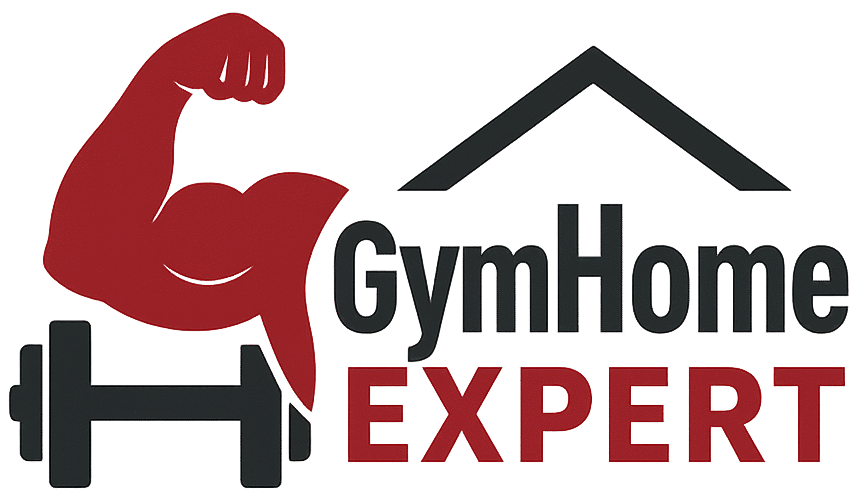Why Functional Upper Body Training Matters
Building upper body strength isn’t just about aesthetics—it’s about movement efficiency, injury prevention, and real-world performance. Whether you’re lifting heavy objects, playing sports, or simply maintaining good posture, functional upper body training helps you move better, stay stronger, and avoid imbalances.
As a coach and athlete who has recovered from injuries, I’ve learned that isolated muscle training isn’t enough. True strength comes from training movements, not just muscles. This workout focuses on pushing, pulling, stabilizing, and carrying—key patterns we use daily.
Let’s dive into a science-backed, results-driven upper body functional workout.
—
Warm-Up (5-7 Minutes)
A proper warm-up boosts mobility, activates muscles, and prevents injuries.
1. Scapular Push-Ups (1 min)
– How: In a push-up position, squeeze shoulder blades together (no elbow bend), then push back.
– Why: Activates upper back and improves scapular control.
2. Thoracic Spine Rotations (1 min per side)
– How: On all fours, place one hand behind your head and rotate elbow upward.
– Why: Enhances shoulder mobility and reduces stiffness.
3. Arm Circles & Banded Pull-Aparts (1 min each)
– Why: Loosens shoulders and primes rotator cuffs for lifting.
—
Functional Upper Body Workout
Goal: Strength, mobility, and real-world movement patterns
Equipment: Dumbbells, kettlebells, pull-up bar (or resistance bands)
Sets/Reps: 3-4 sets of 8-15 reps (adjust based on fitness level)
1. Push-Ups (Standard or Elevated) – 4×12-15
Why Functional?
– Mimics pushing movements (doors, heavy objects).
– Engages chest, shoulders, triceps, and core.

Form Tips:
– Keep elbows at 45 degrees (protects shoulders).
– Modify by elevating hands on a bench if needed.
2. Pull-Ups (or Assisted) – 4×6-10
Why Functional?
– Strengthens back, biceps, and grip for climbing, lifting, and posture.

Form Tips:
– Full range of motion (dead hang to chin over bar).
– Use a band or machine if needed.
3. Kettlebell Overhead Press – 4×10-12 (per arm)
Why Functional?
– Improves shoulder stability (essential for overhead lifting).
– Engages core and lower body for balance.

Form Tips:
– Avoid arching back—brace core tightly.
– Press straight up, not forward.
4. Single-Arm Dumbbell Row – 4×8-10 (per arm)
Why Functional?
– Fixes muscle imbalances.
– Mimics pulling object (like lifting groceries).
Form Tips:
– Squeeze shoulder blade at the top.
– Keep spine neutral (no twisting).
5. Plank to Push-Up – 3×8-10
Why Functional?
– Trains core stability while transitioning between positions.
– Useful for getting up from the floor or bracing under load.
Form Tips:
– Move slowly and controlled.
– No hip sagging—keep body straight.
—
Cool-Down & Mobility (3-5 min)
– Child’s Pose Stretch (1 min) – Releases upper back tension.
– Doorway Chest Stretch (1 min per side) – Counters hunching.
– Band Shoulder Dislocates (1 min) – Improves shoulder mobility.
—
FAQs: Upper Body Functional Training
1. How often should I do this workout?
– 2-3 times per week, with at least one rest day between sessions. Pair it with lower-body or cardio workouts for balanced fitness.
2. Can beginners do this workout?
– Yes! Use modifications like:
– Elevated push-ups (hands on a bench).
– Band-assisted pull-ups.
– Lighter kettlebells/dumbbells.
3. Will this help with posture?
– Absolutely. Exercises like rows, pull-ups, and scapular push-ups strengthen the upper back, counteracting slouching.
4. What if I don’t have kettlebells or a pull-up bar?
– Substitute with dumbbells for overhead presses.
– Use resistance bands for rows and pull-ups.
5. How do I know if I’m doing the exercises correctly?
– Record yourself or train in front of a mirror.
– Focus on slow, controlled movements before adding weight.
6. Can I add weights to make it harder?
– Yes! Try:
– Weighted vest for push-ups/pull-ups.
– Heavier kettlebells for presses.
– Pauses at the hardest point (e.g., bottom of a push-up).
7. How long until I see results?
– 4-6 weeks with consistent training. Strength improves first, followed by mobility and endurance.
—
Final Thoughts
This functional upper body workout isn’t just about getting stronger—it’s about moving better in daily life. Whether you’re an athlete, office worker, or fitness enthusiast, these exercises will improve strength, mobility, and resilience.
Key Takeaways:
✅ Train movements, not just muscles.
✅ Focus on control and stability.
✅ Progress gradually—master form before adding weight.
